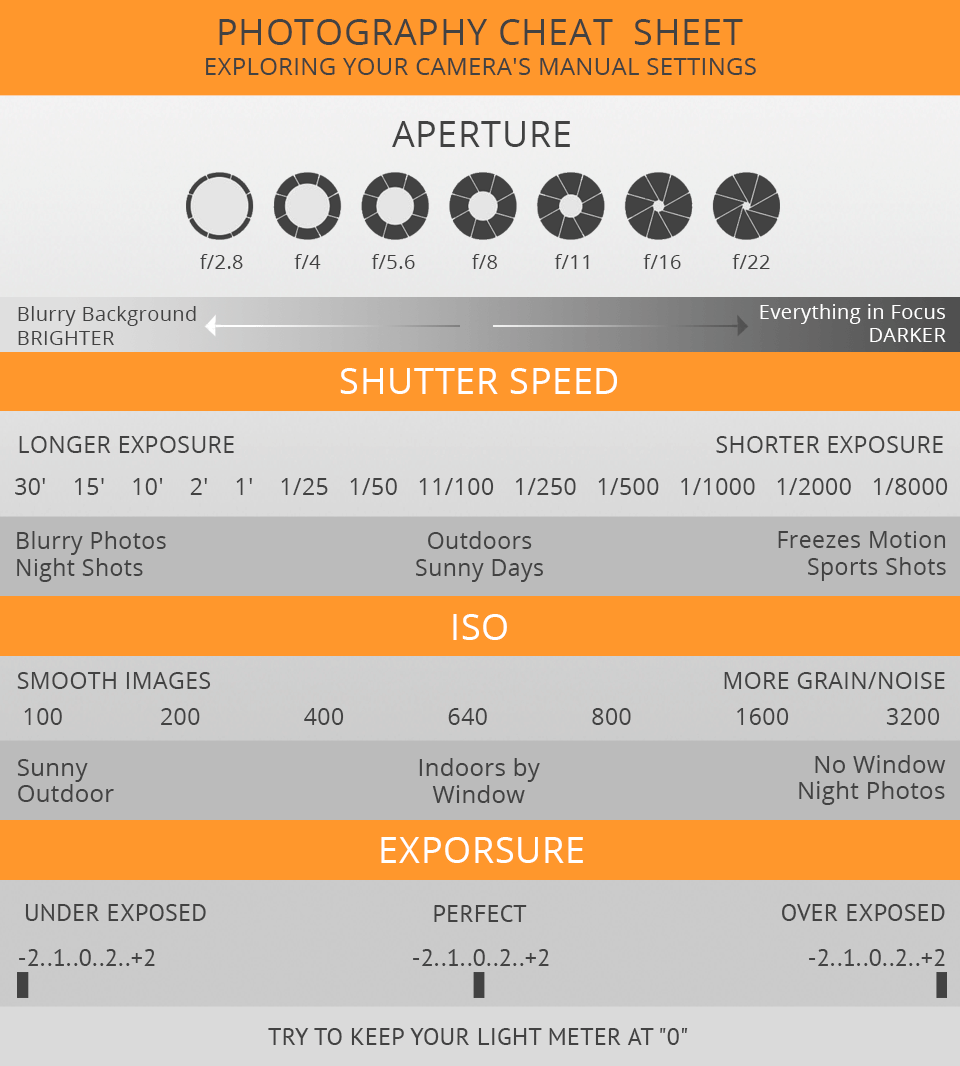Photography Tips For Beginners: Grasping Your Camera In No Time
Photography Tips For Beginners: Grasping Your Camera In No Time
Blog Article
Post Created By-Ballard Elmore
When you first grab your cam, it can feel overwhelming with all the setups and options available. You may find yourself questioning how to navigate aperture, shutter rate, and ISO efficiently. Mastering these basics is crucial, yet there's more to photography than just technical knowledge. Recognizing structure strategies and illumination problems can boost your photos substantially. So, suppose you could learn easy approaches to improve your abilities and begin recording impressive images sooner than you think? Allow's explore just how to transform your photography trip.
Understanding Cam Settings
Understanding your cam settings is critical for catching magnificent pictures. When you get your cam, familiarize on your own with the three major settings: aperture, shutter rate, and ISO. Each plays a vital duty in just how your pictures end up.
Beginning with aperture, which controls the amount of light getting in the lens. A broader aperture (reduced f-number) allows more light and creates a gorgeous history blur, ideal for pictures. Alternatively, a narrower aperture (greater f-number) keeps more of the scene in emphasis, suitable for landscapes.
Next, focus on shutter speed. This setting identifies how much time your cam's sensing unit is subjected to light. A rapid shutter speed ices up movement, which is wonderful for activity shots, while a slow shutter rate can produce stunning effects like smooth water in landscapes.
Finally, adjust your ISO. This setup affects your electronic camera's level of sensitivity to light. A greater ISO works in low-light scenarios however can introduce noise or grain. Aim for the lowest ISO feasible while still achieving appropriate direct exposure.
Structure Methods
When you're out capturing, structure can make all the difference in just how your images reverberate with audiences. Beginning by using the regulation of thirds; picture your frame separated into 9 equal sections with 2 straight and two vertical lines. Setting crucial elements along these lines or at their junctions to create equilibrium and rate of interest.
Next, think about leading lines. These all-natural lines in your scene, like roads or rivers, draw the viewer's eye into the photo, leading them through the tale you're telling.
Do not forget mounting; use aspects within your scene, like trees or home windows, to create a structure around your topic, including depth and focus.
Likewise, watch on your background. A chaotic history can sidetrack from your main topic, while a simple one assists it stand apart.
Last but not least, explore symmetry and patterns; they can develop a striking photo that records interest.
Mastering Lighting Issues
Mastering lighting conditions is essential for capturing magnificent pictures, as the appropriate light can change a common scene into something extraordinary.
Beginning by observing all-natural light at different times of the day. Early mornings and late afternoons supply the most effective light, referred to as the golden hour. The soft, cozy tones during these times can enhance your photos wonderfully.
Don't avoid cloudy days either; diffused light can reduce harsh darkness and develop a pleasing result, especially for portraits.
Try out backlighting by positioning your topic against the light. https://petapixel.com/2015/04/24/12-reasons-photographers-still-choose-to-shoot-film-over-digital/ can produce a dreamy halo impact and include depth to your pictures.
Take notice of your camera setups as well. Adjust https://www.liveinternet.ru/users/alexandersen_sloan/post509022251 , aperture, and shutter rate to match the illumination conditions. https://blogfreely.net/bonnie8nigel/how-to-develop-a-photography-profile-that-attracts-attention can assist in reduced light, however beware of grain.
Utilize a tripod in darker settings to avoid blur.
Lastly, do not neglect synthetic lights. Flash and continuous lights can be excellent devices for controlling light in tough conditions.
Conclusion
To conclude, grasping your electronic camera doesn't have to be overwhelming. By recognizing your setups, using composition methods, and utilizing the power of all-natural light, you'll quickly elevate your photography skills. Bear in mind, exercise makes best, so get out there and explore your newly found expertise. With time and commitment, you'll be recording stunning pictures that reflect your special point of view. Appreciate the trip, and do not fail to remember to have fun while you're at it!
